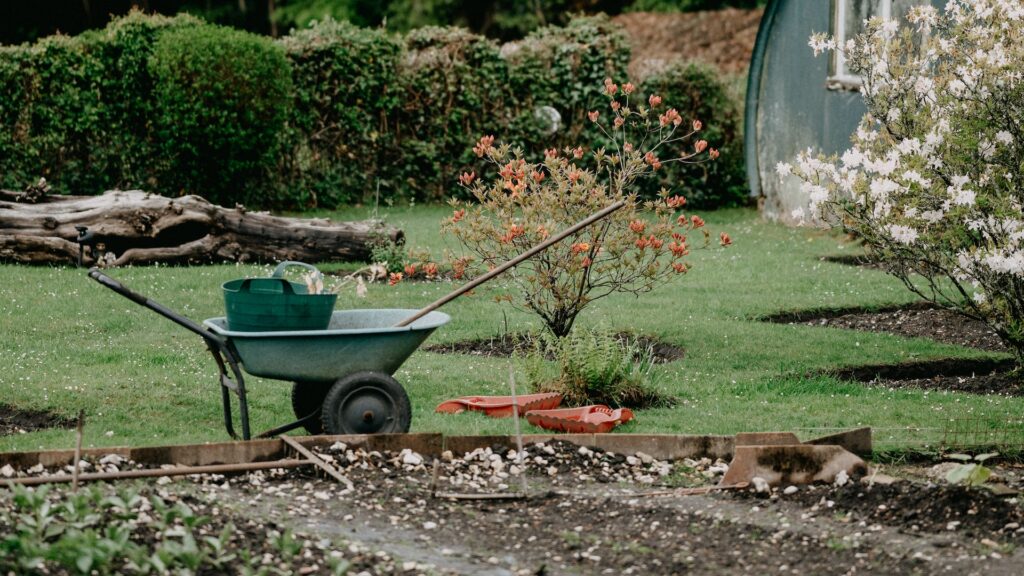Introduction:
Container gardening has gained immense popularity, especially for those who have limited space or prefer the convenience of growing plants in portable pots. If you’re a gardening enthusiast looking to grow delicious tomatoes without a traditional garden bed, this comprehensive guide will equip you with all the necessary tips, tricks, and best practices for successfully growing tomatoes in containers.
Choosing the Right Container and Tomato Variety:
First things first, selecting the right container is essential. Look for pots with adequate drainage holes and a capacity of at least 5 gallons to provide sufficient space for tomato roots to thrive. Additionally, consider choosing a suitable tomato variety for container gardening, such as “Bush Early Girl” or “Patio Princess,” known for their compact growth habit.
Preparation and Planting:
Before planting your tomatoes, ensure your container is clean and properly sanitized to prevent any potential diseases or pests. Fill it with a well-drained potting mix, specifically formulated for container gardening. Remember to provide proper support and install stakes or cages for your tomato plants to prevent them from sprawling and breaking under the weight of the fruits.
Watering and Fertilization:
Container-grown tomatoes have special watering requirements. Avoid overwatering, as it can cause root rot, but make sure to maintain consistent moisture levels. Mulching your container with organic materials like straw or wood chips will help retain moisture and reduce weed growth. Additionally, provide adequate nutrition to your plants by using a balanced liquid fertilizer formulated for tomatoes.
Sunlight and Temperature:
Tomatoes thrive in full sunlight, so choose a suitable location where your container will receive at least 6-8 hours of direct sunlight daily. Keep in mind that tomatoes are sensitive to extreme temperatures, so provide shade during scorching summer afternoons and bring your containers indoors if temperatures drop below 50°F (10°C) at night.
Pruning and Training:
Regular pruning and training are crucial for maintaining healthy tomato plants in containers. Remove suckers (side shoots) that form in the leaf axils to focus the plant’s energy on fruit production. Additionally, tie tomato vines to stakes or cages using soft plant ties to support their growth and improve air circulation, reducing the risk of diseases.
Common Pests and Diseases:
Just like tomatoes in the ground, container-grown tomatoes may encounter pests and diseases. Keep a watchful eye for common culprits like aphids, whiteflies, and tomato hornworms. Use organic pest control methods like insecticidal soaps or neem oil to combat these pests. Additionally, learn to recognize and promptly address diseases such as leaf spot, blossom end rot, or blight to ensure the longevity of your tomato plants.
Harvesting and Enjoying your Tomatoes:
Once your tomato plants start producing ripe fruits, it’s time to savor the fruits of your hard work. Harvest your tomatoes when they reach their desired ripeness, and avoid pulling them off the plant prematurely. Experiment with different tomato varieties and enjoy the rich colors, flavors, and textures these versatile fruits offer, from juicy beefsteak tomatoes to sweet cherry tomatoes.
Conclusion:
Growing tomatoes in containers opens up endless possibilities for gardeners with limited space. By following the tips, tricks, and best practices outlined in this guide, you’ll be well-equipped to cultivate healthy and abundant tomatoes in your containers. Enjoy the satisfaction of growing your own fresh, homegrown tomatoes and elevate your culinary experience with the flavors of your successful container garden. Happy container gardening!

